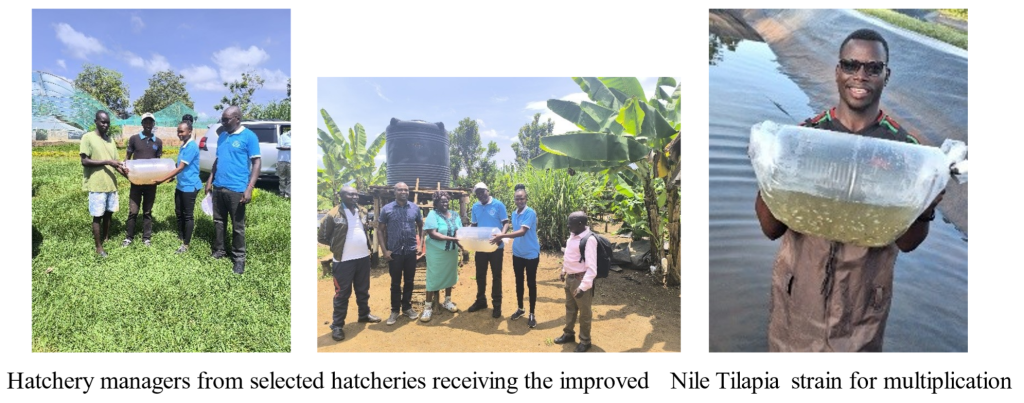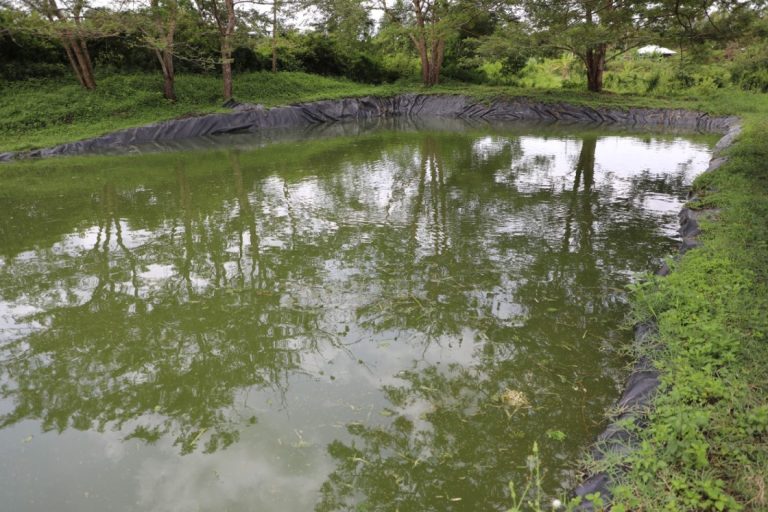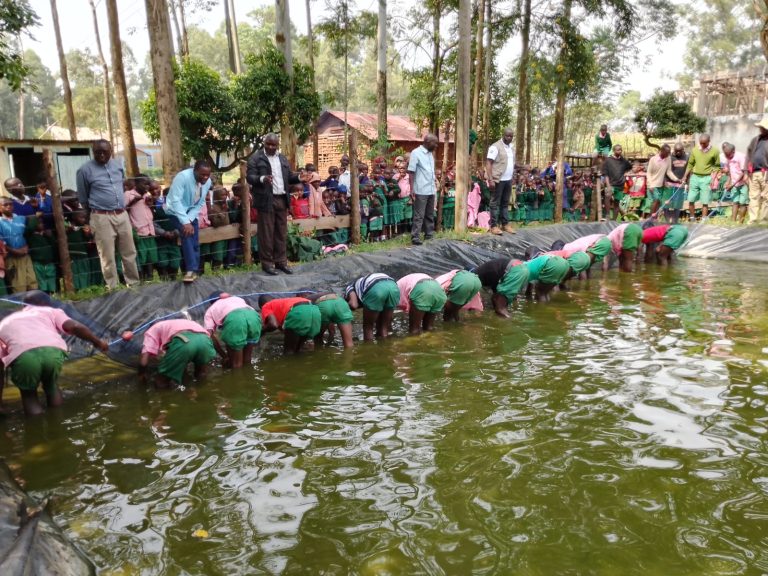Genetically Improved Sagana Tilapia: A Breakthrough In Aquaculture Productivity In Kenya
Nile tilapia (Oreochromis niloticus) is the most farmed fish species in Kenya, prized for its adaptability, rapid growth, and market demand. However, to meet the rising demand and improve aquaculture sustainability, genetic improvement of Nile tilapia has become a critical focus in the blue economy space. Through a selective breeding program, Kenya Marine and Fisheries Research Institute (KMFRI) scientists have made significant strides in developing a tilapia strain that has demonstrated superior traits of enhanced growth rates, feed conversion efficiency, high survival, and reproductive control. Through the support of the Aquaculture Business Development Programme, KMFRI has developed the F-9 Sagana strain (2025), which has been distributed to 30 selected hatcheries for multiplication based on a Seed Improvement and Multiplication model developed by KMFRI in 2021. In Kenya, KMFRI Sagana is mandated as the national fish breeding nucleus undertaking selective breeding as per the model below.

The Aquaculture Business Development Programme (2018- 2026), funded jointly by the government of Kenya and the International Fund for Agricultural Development (IFAD), entered a joint agreement with KMFRI to undertake the following:
- Produce and distribute high-quality broodstock of Nile Tilapia for enhanced aquaculture productivity.
- Strengthen the fish seed production system to enhance access to improved quality fish seed among smallholder farmers in the target counties.
- Develop and advocate for a conducive legal, regulatory, and institutional framework for the fish seed improvement program.
The project funded the acquisition of Nile Tilapia wild brooders from Lakes Albert and Turkana to genetically enhance the existing F-8 Sagana strain.

Incorporating novel genetic material, particularly from natural populations, significantly enhances the genetic diversity and overall performance of the breeding population. This is ultimately aimed at ensuring the long-term sustainability of the breeding program.
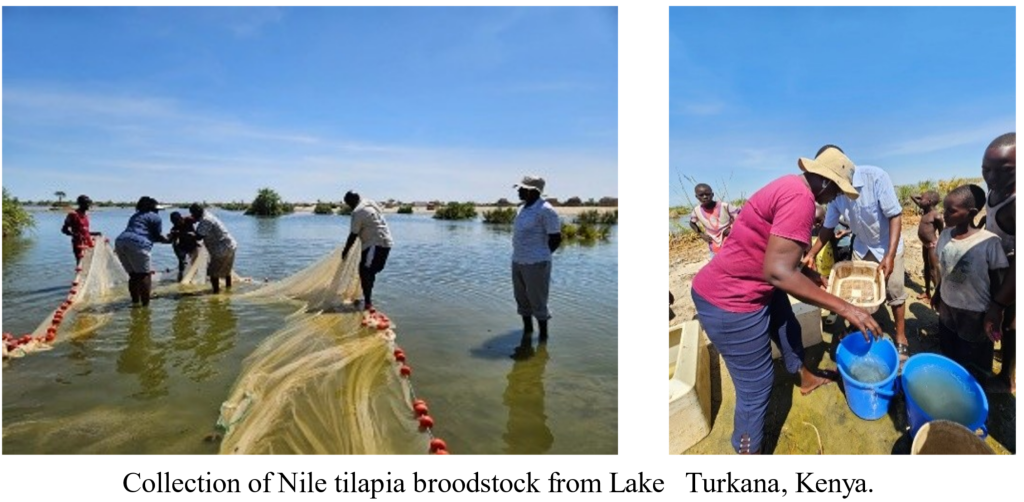
KMFRI performed mass selection, which involved the selection and crossing of the F-8 population with the natural Lake Albert population. This entailed a reciprocal breeding approach by pairing the two strains to produce a hybrid F-9 strain.
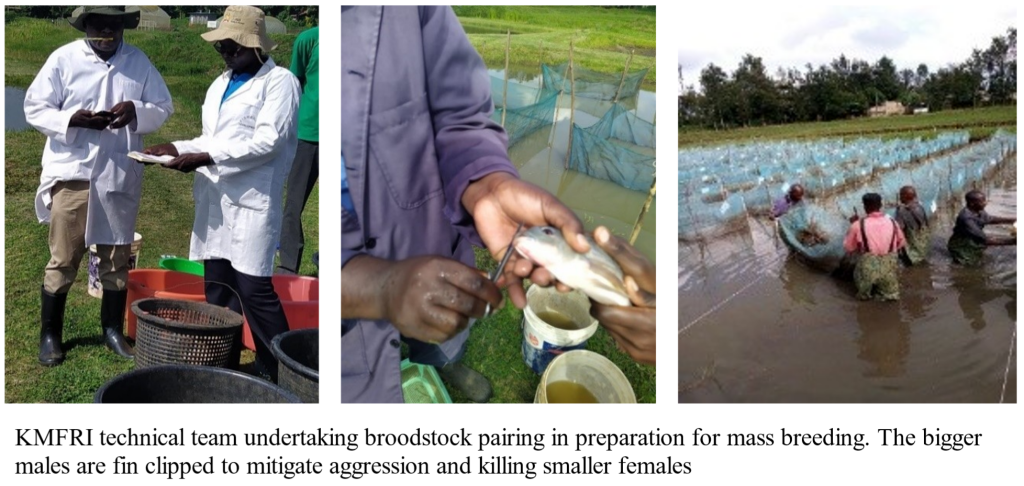
The success of selective breeding in tilapia requires the availability of high protein, nutritionally balanced feeds. Improved strains, the Sagana-F9, exhibit accelerated growth and enhanced feed conversion efficiency. However, to fully express these genetic gains, the fish must be provided with diets that meet their elevated nutritional requirements, particularly in protein content, amino acid balance, and digestibility. ABDP partnered with commercial fish feed producers to provide adequate high-quality feeds for all fish growth stages to ensure success in the tilapia breeding program.
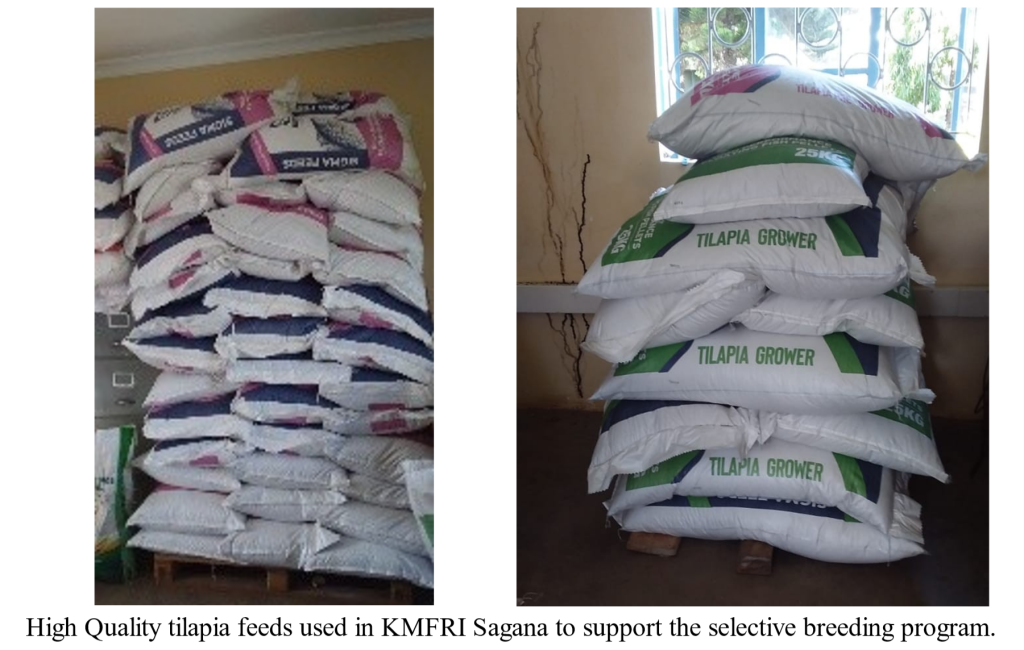
The distribution of improved tilapia fingerlings to certified hatcheries for multiplication is a critical step in scaling the benefits of selective breeding. This decentralized multiplication strategy accelerates the dissemination of superior genetics across farming systems, promotes uniform growth performance, and supports national aquaculture development goals.
